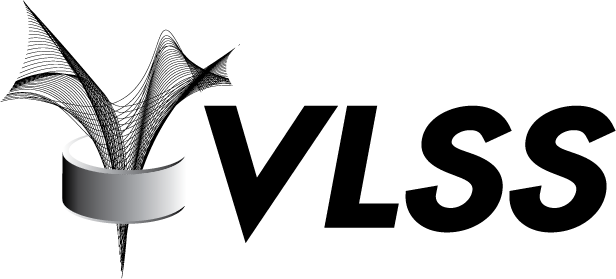Until Oracle Database 12c, Oracle processes did not run as threads on UNIX and Linux systems. Every dedicated connection was represented by an operating system process and, in systems where high workload was an issue, the only way to reduce CPU and memory usage was to switch from dedicated connections to shared connections using the multithreaded server (MTS) feature.
Viewing entries tagged
Oracle database
In an effort to simplify the migration process from other RDBMS sources to Oracle databases, Oracle introduced in version 12c a new feature called “Identity Columns”.
Based on a sequence generator, the identity column will be assigned an increasing integer value from this sequence generator. Identity columns are automatically incrementing columns and can be indexed as any other column type.
This article will be discussing Reverse Binary Tree index feature of Oracle database, an index which is there to solve block contention problem. It will be discussing how it works, what are its advantages and its limitations. When a normal binary tree index based on a numeric column populated by a sequence, it gives rise to hot block problem. Applications trying to insert new rows will face “buffer busy wait”, because everyone wants to write to same block. This problem is called hot block or block contention.
The NLS_CHARACTERSET of an Oracle database defines what characters can be stored in the database using the CHAR, VARCHAR2, LONG and CLOB datatypes. This blog gives a quick overview of a method to change the database character set or to check before migrating data between databases with a different NLS_CHARACTERSET.
If you change character sets there is a possibility that characters that you currently use are not defined in the new character set or that the current setup is not correctly used and therefore you could lose data when changing the NLS_CHARACTERSET.
In previous blog “2014-06 – Database Character Set Scanner”, we addressed how to install a great Oracle tool called CSSCAN. Always check data migration by using the Character Set Scanner (CSSCAN) before making any changes to your character set.
